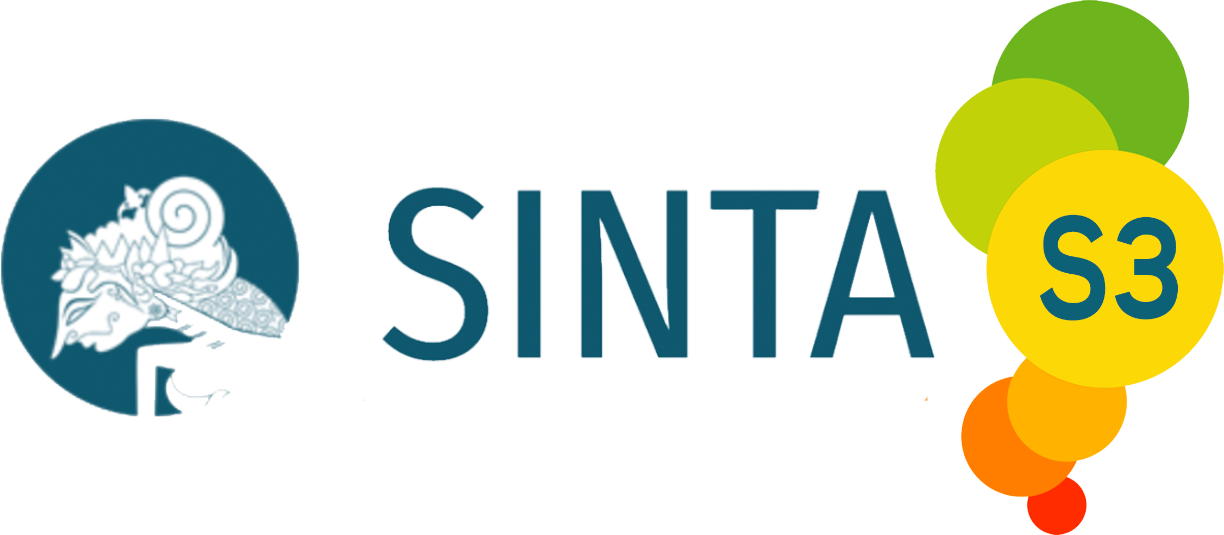Submissions
Submission Preparation Checklist
As part of the submission process, authors are required to check off their submission's compliance with all of the following items, and submissions may be returned to authors that do not adhere to these guidelines.- The manuscript's research and writing adhere to research and publication ethics in accordance with scientific principles, including not using Artificial Intelligence excessively in the manuscript's research and writing processes.
- The submission has not been previously published, nor is it before another journal for consideration.
- The submission is free from plagiarism and written by Author(s) who are listed in the text with the correct order.
- The submission file is in doc or docx format based on the IJoRCE's manuscript template.
- References and citations are written in accordance with IJoRCE citation style using reference management software with the APA style of citations.
- I have read, understood, and agreed to all IJoRCE Publishing Fee.
- I have read, understood, and agreed to all the terms on the IJoRCE website including but not limited to Author Guidelines, Publication Ethics, Editorial Policies, and Publishing Costs.
Articles
Section default policyPrivacy Statement
The names and email addresses entered in this journal site will be used exclusively for the stated purposes of this journal and will not be made available for any other purpose or to any other party.







